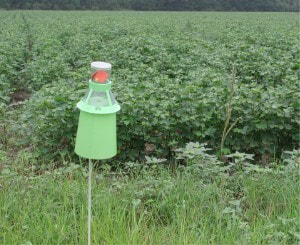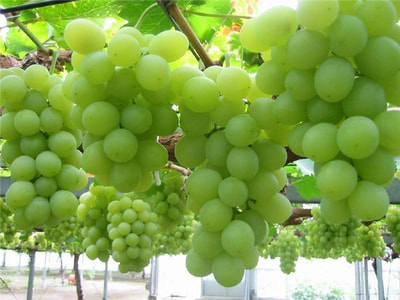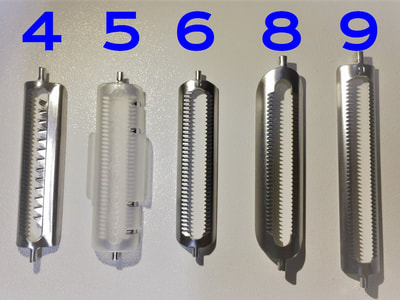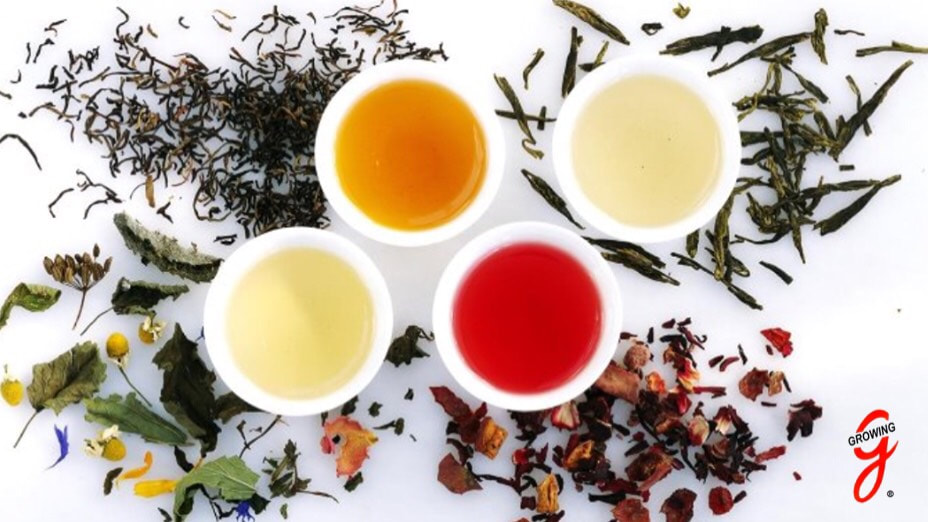 Integrated Pest Management Integrated Pest Management Integrated pest management (IPM), also known as integrated pest control of (IPC) is a broad-based approach that integrates practices for economic control of pests. IPM aims to suppress pest populations below the economic injury level (EIL). The UN's Food and Agriculture Organization defines IPM as "the careful consideration of all available pest control techniques and subsequent integration of appropriate measures that discourage the development of pest populations and keep pesticides and other interventions to levels that are economically justified and reduce or minimize risks to human health and the environment. IPM emphasizes the growth of a healthy crop with the least possible disruption to agro-ecosystems and encourages natural pest control mechanisms. Entomologists and ecologists have urged the adoption of IPM pest control since the 1970s. IPM allows for safer pest control. The introduction and spread of invasive species can also be managed with IPM by reducing risks while maximizing benefits and reducing costs. A well-defined Integrated Pest Management (IPM) is a program that should be based on prevention, monitoring, and control which offers the opportunity to eliminate or drastically reduce the use of pesticides, and to minimize the toxicity of and exposure to any products which are used. IPM does this by utilizing a variety of methods and techniques, including cultural, biological and structural strategies to control a multitude of pest problems. IPM is a term that is used loosely with many different definitions and methods of implementation. IPM can mean virtually anything the practitioner wants it to mean. Beware of chemical dependent programs masquerading as IPM. Those who argue that IPM requires the ability to spray pesticides immediately after identifying a pest problem are not describing IPM. Conventional pest control tends to ignore the causes of pest infestations and instead rely on routine, scheduled pesticide applications. Pesticides are often temporary fixes, ineffective over the long term. Non-toxic and least toxic control products are a major growth area and new materials and devices are increasingly available in the marketplace. IPM is a combination of common sense and scientific principles. It's a way of thinking about pest management that values:
These actions are important parts of any IPM endeavor:
Applications: IPM is used in agriculture, horticulture, forestry, human habitations, preventive conservation and general pest control, including structural pest management, turf pest management and ornamental pest management. The Six IPM Program Essentials:Monitoring: This includes regular site inspections and trapping to determine the types and infestation levels of pests at each site. Record-Keeping: A record-keeping system is essential to establish trends and patterns in pest outbreaks. Information recorded at every inspection or treatment should include pest identification, population size, distribution, recommendations for future prevention, and complete information on the treatment action. Action Levels: Pests are virtually never eradicated. An action level is the population size which requires remedial action for human health, economic, or aesthetic reasons. Prevention: Preventive measures must be incorporated into the existing structures and designs for new structures. Prevention is and should be the primary means of pest control in an IPM program. Tactics Criteria: Under IPM, chemicals should be used only as a last resort only, but when used, the least-toxic materials should be chosen, and applied to minimize exposure to humans and all non-target organisms. Evaluation: A regular evaluation program is essential to determine the success of the pest management strategies. To learn more about IPM:Agricultural IPM: Agricultural professionals like farmers, fisherman and ranchers have been using IPM techniques for centuries. Crop rotation is one example because it disrupts the life cycle of many pests. In many agricultural settings, the principles of IPM apply. See some IPM methods below.
In agriculture, IPM strategies can be large-scale, even nation-wide. Quarantines and import inspections help to exclude pests from counties, states or whole regions. Open communication helps everyone monitor the activity of important pests. Weather information can be used to predict pest activity, as well. Garden IPM: When you have a home garden, you're growing a food supply for pests and people alike. Watch out for pests that can damage your garden including bugs, diseases, animals and weeds. Once you know your pest, these quick tips may be helpful. Using IPM techniques can reduce the need for pesticides in the long term. To prevent future pest problems, consider taking some proactive steps to pest-proof your garden.
Comments are closed.
|
- HOME
- COMPANY
-
Showroom
- TAIWAN TEA >
-
KITCHEN UTENSILS
>
- Tornado Potato Twister Cutter JF-9901
- Japanese Turning Vegetable Slicer YT-8602
- Turning Type Vegetable Shredder with Cordless Screw Driver ST-9705
- Vegetable Mandolin Slicer YT-9104
- Super Mandolin Slicer (Jumbo) ST-9804
- Vegetable Peeler Blades (Serrated & Julienne) ST-9701
- Serrated & Julienne Peelers ST-9308
- BATHROOM EQUIPMENT >
- NATURE FERTILIZERS >
- NATURAL PESTICIDES >
- SOIL CONDITIONER >
- OTHER >
- DOWNLOAD
- Contact us
- NEWS / EVENTS
- Q & A
|

 RSS Feed
RSS Feed


